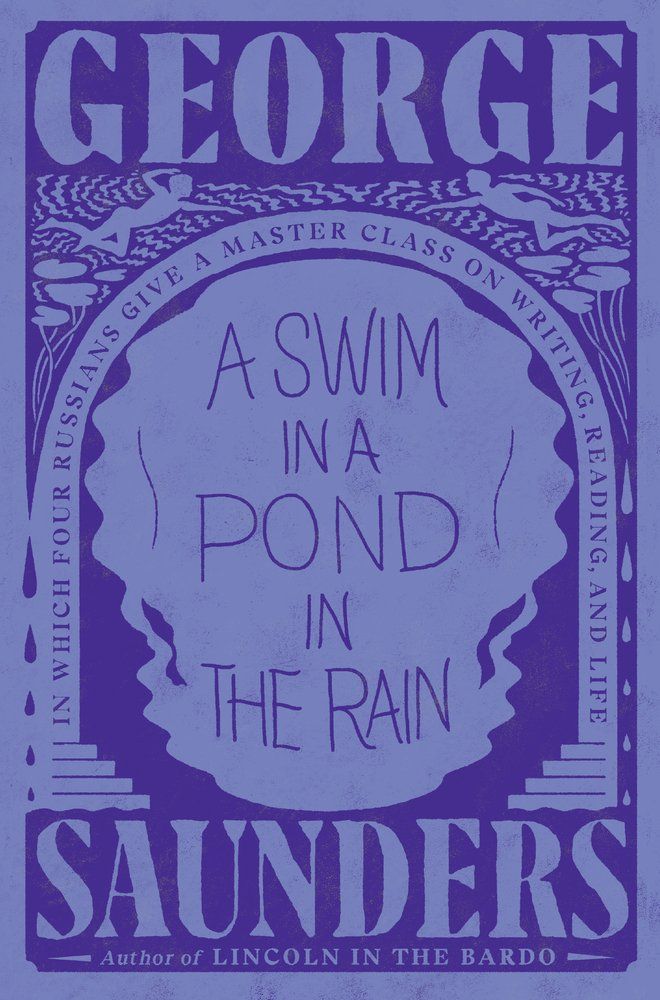Writing Like Jazz: Revising with the Energy Meter
Like a good jazz player, we allow the writing to move us in the direction it needs to go. We focus only on this sentence, this clause, this phrase.

In his most recent work, A Swim in a Pond in the Rain, short story maestro George Saunders offers up a really cool method of revision. After his commentary on Ivan Turgenev’s “The Singers”—a deeply flawed, yet deeply compelling short story—Saunders gives his readers a window into his process. For Saunders, writing isn’t about drafting; it’s almost totally about revision. He skips over the first draft, not even mentioning how it comes into being. The first draft appears to be little more than an afterthought as Saunders wants to get straight to the issue of revision.
Here’s what he says about that revision:
I imagine a meter in my forehead, with a P on this side (“Positive”) and an N on that side (“Negative”). I try to read what I’ve written the way a first-time reader might…. Where’s the needle? If it drops into the N zone, admit it. And then, instantaneously, a fix might present itself—a cut, a rearrangement, an addition. There’s not an intellectual or analytical component to this; it’s more of an impulse…in that moment. (Saunders, A Swim in a Pond in the Rain, 111)
Saunders makes his alterations on the fly, knowing they may have ripple effects, knowing he’s going to knock down a domino by changing this sentence. The next sentence will need to be revised, and the next, and the one after that, too. That’s okay. Each revised sentence takes the work in a slightly new direction, leads it closer and closer toward its final destination.
Moreover, this method of revision is rooted in instinctive, incremental changes. Each revision is brought about not by some analysis. Instead, it's a largely right-brained exercise; it’s done based on feel. Thus, the artist, rather than the technician, emerges.
Given Saunders background as an engineer, this is kind of a marvelous feat that he’s made here. He’s willing to trust his instinct, believing that art comes not from careful planning and execution but from the gut.
He’s right, I think. The more we can get out of our heads while writing, the more we can get into the zone—I’m reminded here of those marvelous scenes in Pixar’s Soul in which Joe loses himself in the music—the more we get in touch with what the work intended itself to be.

Writing becomes an act of improvisation. Like a good jazz player, we allow the writing to move us in the direction it needs to go. We forget about the intended target and think only about how this sentence, this clause, this phrase, this word might be improved.
Try it out. Choose a piece you’ve written, preferably an older piece that’s gone fallow for a few days, weeks, months, or even years. Copy it into new document or sheet and read it with the energy meter in the front of your brain. Ask yourself:
- Where does the piece start to flag?
- Where does the writing feel a little lifeless?
- Where does the energy dip into the blah/negative side of the meter?
As you read, tweak those lifeless chunks, sentence by sentence, to see how the incremental changes ripple out, changing the piece as a whole, and bringing it more into alignment with what it was always meant to be.